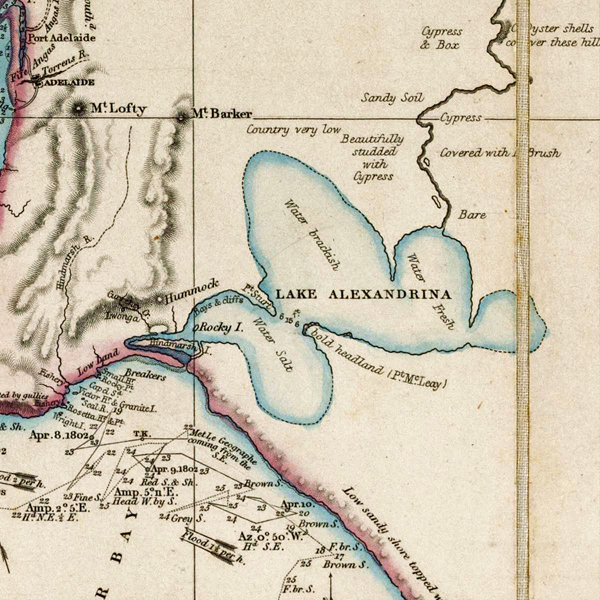MEDIA Watch contacted me on Friday with a barrage of questions concerning my work on the need to restore the Murray River’s estuary. Their line of questioning suggested that I was misleading the Australian public on the important issue of water reform in the Murray Darling. Indeed, the implication was that I am but a stooge for vested interests.
It appears Media Watch is contemplating asserting or implying that my professional judgement and integrity as a scientist has been influenced or corrupted by personal financial gain. Accordingly, I have sought legal advice on the matter, and include this in my full response that can be downloaded here:
My responses to their specific questions also follows:
Media Watch: Do you accept that the vast majority of recognised experts on the natural history and hydrology of the Lower Lakes disagree with your conclusion that they were estuarine immediately prior to the erection of the cialis Murray Mouth barrages, or at any time in the past 2000 years?
Jennifer Marohasy: No. The relevant scientific literature, as published in peer-reviewed journals by recognised experts, indicates that the Lower Lakes were estuarine prior to the erection of the Murray Mouth barrages.
The following quote from a scientific paper published in the journal Marine Geology by Professors R.P. Bourman, A.P. Belperio, C.V. Murray-Wallace and N. Harvey, citing E. Barnett, seems to sum up the conclusion of these recognised experts:
“Originally a vibrant, highly productive estuarine ecosystem of 75,000 ha, characterised by mixing of brackish and fresh water with highly variable flows, barrage construction has transformed the lakes into freshwater bodies with permanently raised water levels; freshwater discharge has been reduced by 75% and the tidal prism by 90% (Bourman and Barnett, 1995; Harvey, 1996).”
Professor John Cann and co-workers have studied fossil foraminifera – tiny protozoa with shells of calcium carbonate preserved in the sediments of the Lower Lakes – concluding that the changes in the foraminiferal assemblages over the most recent 2,000 years indicate a general trend of increasing marine influence, up until the construction of the barrages that now block the natural ebb and flow between the Lower Lakes and Southern Ocean.
Professor Peter Gell writing in the recently published The Sage Handbook of Environmental Change has commented that the natural state of the Lower Lakes was tidal, that the lakes have been incorrectly listed as freshwater in the International Ramsar Convention, and that until their natural estuarine character is recognised it will be difficult to reverse the long-term decline in their ecological health.
Geoscience Australia classifies the Lower Lakes as part of a wave dominated barrier estuary with positive annual hydrodynamics.
UPDATE: I have been informed by Media Watch that they will NOT be running their intended program tonight (“This item will not be on this week’s show”). It would appear that the possibility of a defamation action coupled with a solid explanation of the science and history of the Lower Lakes has caused Media Watch to change their program. I would like to particularly thank those people who sent emails to Media Watch this morning.


 Jennifer Marohasy BSc PhD has worked in industry and government. She is currently researching a novel technique for long-range weather forecasting funded by the B. Macfie Family Foundation.
Jennifer Marohasy BSc PhD has worked in industry and government. She is currently researching a novel technique for long-range weather forecasting funded by the B. Macfie Family Foundation.